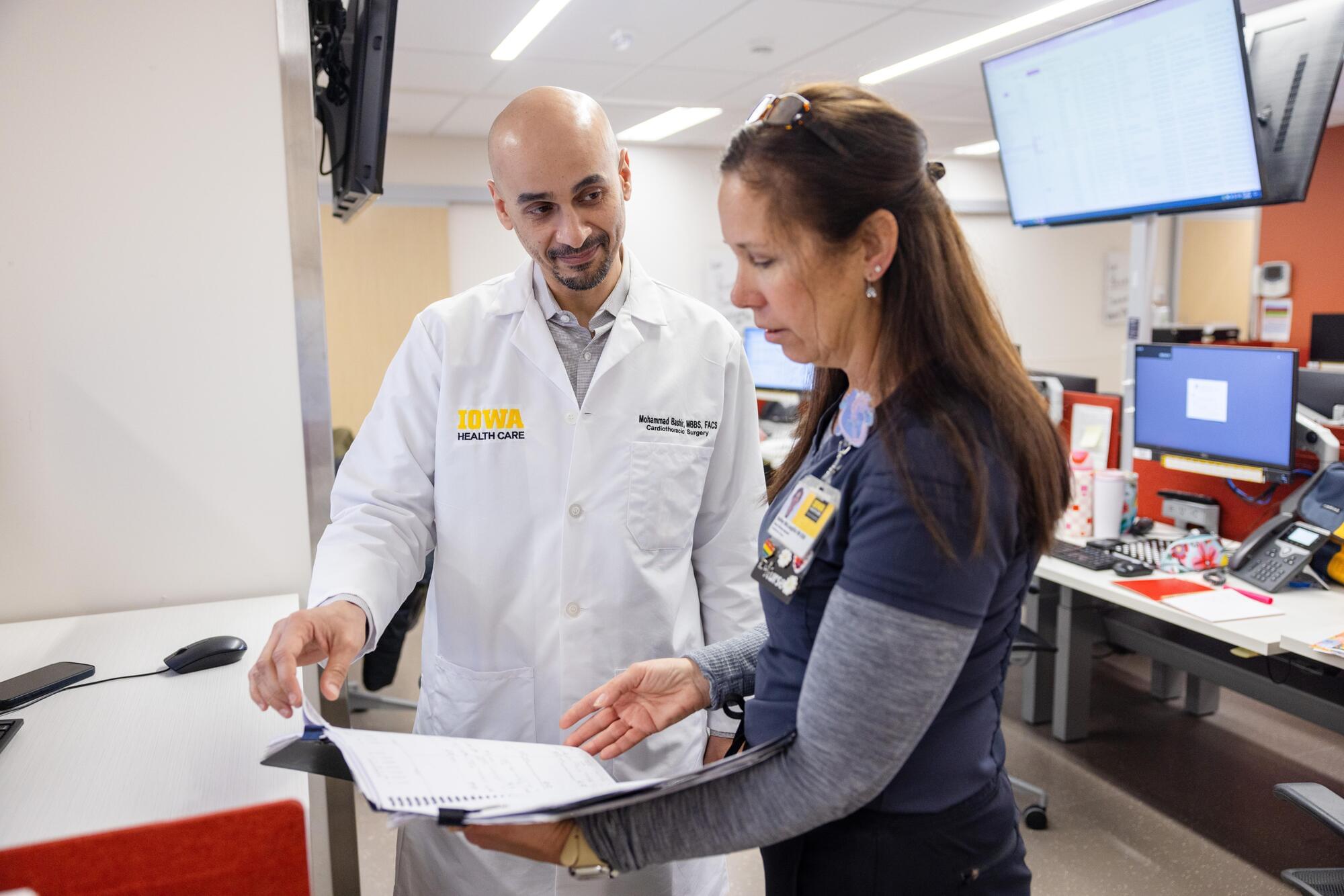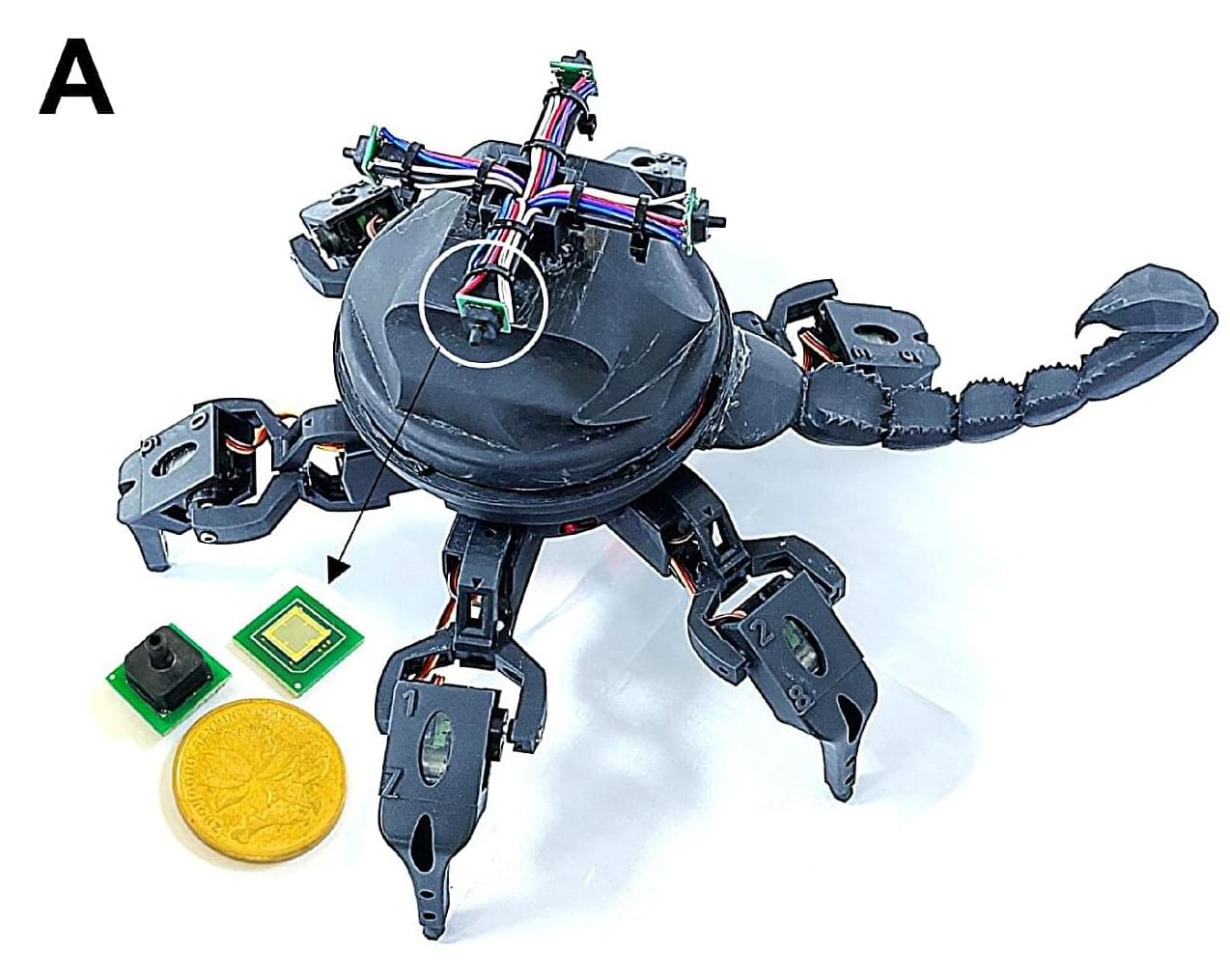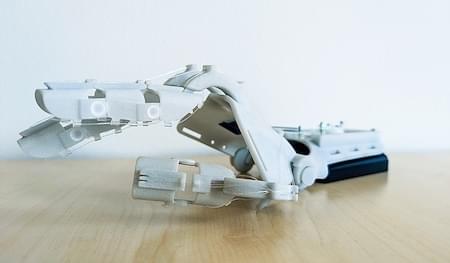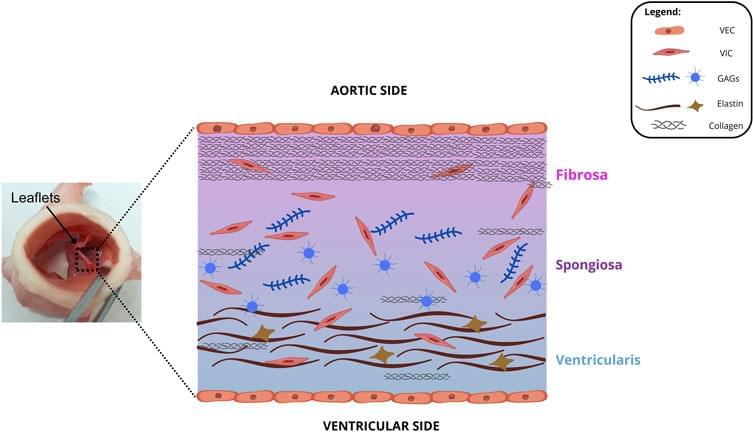We live in a time when robots can clean our homes, drive our vehicles, deactivate bombs, offer prosthetic limbs, help healthcare workers, read the news, entertain, teach, and many more. And now, there is a robot scientist that can work on behalf of humans 24 hours a day, seven days a week.
Researchers at the University of Liverpool have built an intelligent “robot scientist” capable of moving around a laboratory and carrying out scientific experiments by itself. The first of its kind machine with humanoid dimensions are designed to work in a standard laboratory, using instruments much as a human researcher does. It can also make its own decisions about which chemistry experiments to perform next.
The robot scientist is 1.75-meter tall, weighs around 400 kg, and can roam around the laboratory, performing a wide range of different tasks. Unlike a human being, the robot has infinite patience, can think in 10 dimensions, and works for 21.5 hours each day, pausing only to recharge its battery for two hours. This will allow scientists to automate time-consuming and tedious research they wouldn’t otherwise tackle.





